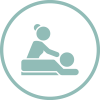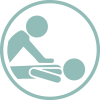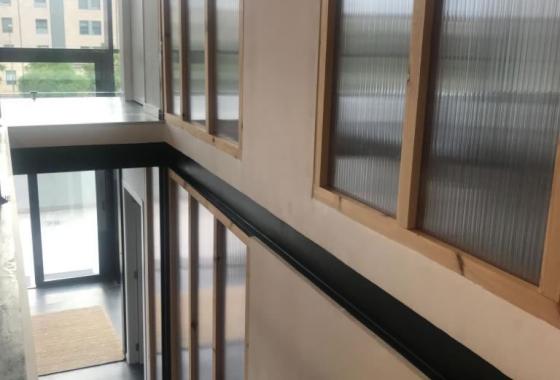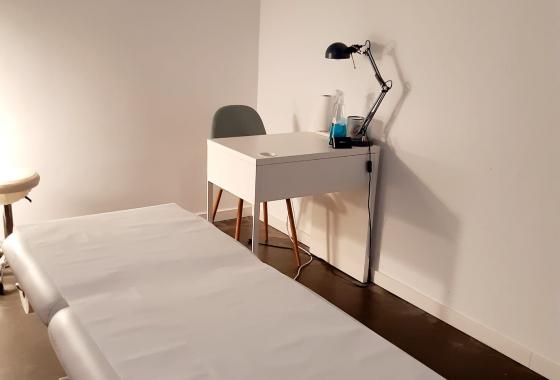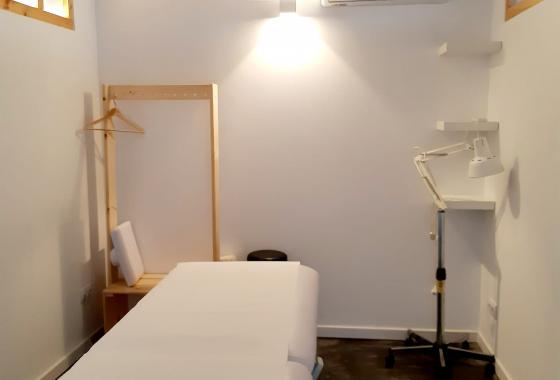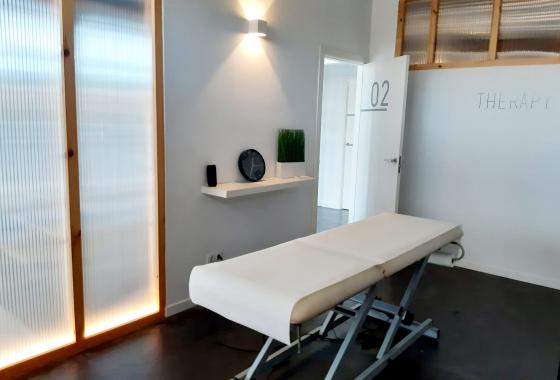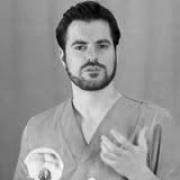The Cervical Spine is considered as a motor to generate headaches, particularly when it is associated with Arnold's Neuralgia since anatomically connections between the upper cervical roots and the suboccipital nerves have been demonstrated with cephalalgia and other headaches. If you want to know more about Arnold's neuralgia, Headache and cephalalgia and how it is treated at FisioClinics Palma de Mallorca, continue reading the next article.
What is Headache?
Headache or Cephalalgia represents one of the most common forms of pain in humans, the headache can occur intermittently, and can be triggered as migraines or migraine and in tension headaches.
These chronic headaches can cause pain and despair, but have little percentage in which it becomes a serious health problem, despite this, any alteration in the pattern or nature of the headache could be the symptom of a more serious problem, having to attend the physiotherapist to help him with the origin of these symptoms.
Arnold's nerve originates from the posterior root of the second cervical root, this root acts at two levels, at a motor level, on the deep muscles of the neck and at a sensitive level, acting on the sensitivity of the scalp. This root emerges towards the surface through the suboccipital rim, making it a very sensitive area when the nerve is irritated.
What are the symptoms of Headache?
The most characteristic symptom that is related to Arnold's neuralgia and cephalalgia is headache, which can be localized in some area of the head or in a general way. The characteristics of pain present in case of headache are:
-
The intensity of pain is usually moderate to severe, and is often disabling for the patient, having to suspend their activities.
-
The frequency with which the episodes appear is variable, ranging from one to five per month.
-
Headache attacks do not last longer than 24 hours, although at other times they are usually very short, 3 to 4 hours, or longer, up to approximately 3 days.
On the side of Arnold's neuralgia, occipital pain is the main symptom to take into account. It generally begins in the posterior region of the neck and skull, being stabbing and unilateral. There may be an area of hypersensitivity, which when touched can hardly cause pain and discomfort.
What causes the headache?
There are different causes and factors that influence the triggering of the symptoms that accompany headaches and Arnold's neuralgia. Some of those that we can highlight are:
-
When there is an excessive contraction or tension of the neck and scalp muscles, which may be responses to stress, depression, head trauma, or even anxiety.
-
They can occur at any age, being more common in adults and older adolescents, with prevalence in women and is usually hereditary.
-
Any activity in which the head is kept in one position for a long time can cause a headache.
-
Incorrect position in the workplace (for example, when working with a computer).
-
Rheumatoid arthritis with injuries to this joint.
-
Degenerative changes in the C1-2 intervertebral joint (C1-2 osteoarthritis).
-
Emotional stress.
How is the medical diagnosis of Headache made?
The main tool to diagnose these cases is the patient's anamnesis, knowing the pain, the origin, where it begins and ends. There are different tests that can be performed to clarify the diagnosis, such as the Positive Arnold Points or Barrel sign, which consists of pressing certain areas near the affected nerves, producing the sting or cramp, indicating a more assertive diagnosis.
Complementary diagnostic tests such as an X-ray of the cervical spine can also be performed to identify a possible osteoarthritis of the facets at this level, as well as an MRI to rule out possible less frequent causes such as the presence of a tumor, vascular diseases, processes inflammatory diseases of the spine and soft tissues among others.
 Physiotheraphy
Physiotheraphy Osteopathy
Osteopathy Massage
Massage Lymphatic
Lymphatic Group classes
Group classes Home
Home Baby
Baby
